Best Time To Visit Jim Corbett National Park

Nestled in the serene foothills of the Himalayas in Uttarakhand, India, Jim Corbett National Park is not just a park; it’s an expansive realm where the majestic Bengal tiger roams freely in its natural habitat. Known for its stunning landscapes, rich biodiversity, and thrilling wildlife safaris, Jim Corbett National Park is a paradise for nature lovers and adventure enthusiasts. Planning a visit to this extraordinary wildlife sanctuary demands a good understanding of the best time to visit Jim Corbett National Park, the diverse activities available, and the unique experiences each season offers. Here’s your comprehensive guide to making the most of your Jim Corbett tour.
1 Understanding Jim Corbett National Park

Before diving into the best time to visit, let’s explore what makes Jim Corbett National Park (often simply referred to as Jim Corbett or the park) a must-visit destination. This national park, a part of the larger Corbett Tiger Reserve, was established to protect the endangered Bengal tiger. It’s not just about tigers; the park is home to numerous other wildlife species, making it a significant area for biodiversity and wildlife conservation.
2 Best Time to Visit Jim Corbett Park
Winter Season (November to February)
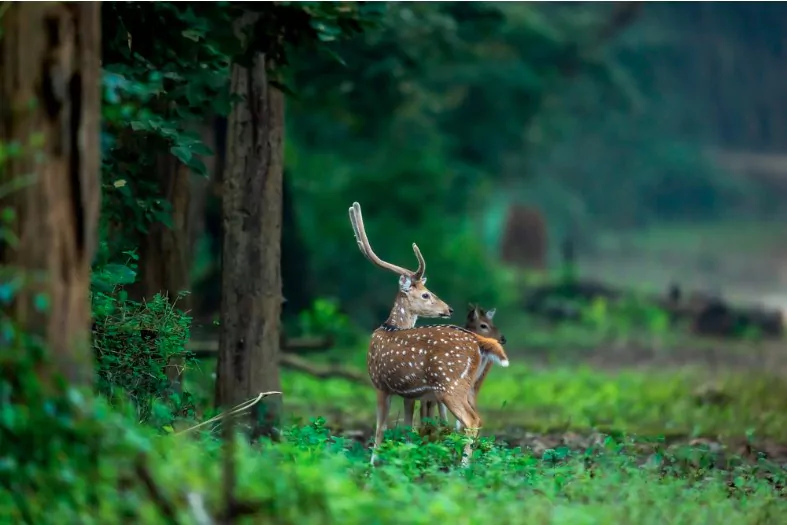
Weather: Winter in Jim Corbett is marked by pleasant weather. The temperature remains cool and comfortable, ideal for daytime safaris.
Wildlife Sighting: Animals like royal Bengal tigers, elephants, and various deer species are more visible as they come out to bask in the sun. Bird watching is also excellent during these months, with several migratory bird species visiting the park.
Activities: Enjoy jeep safaris in zones like Dhikala and Bijrani, indulge in bird watching, and take nature walks. The winter months are also perfect for photography, thanks to the clear skies and lush greenery.
Summer Season (March to June)

Weather: Summers are warm, but the heat often pushes wildlife, including Bengal tigers, towards water sources, making them easier to spot.
Wildlife Safari: Jeep safaris during summer increase the chances of tiger sightings, especially in the Dhikala, Bijrani, and Jhirna zones.
Activities: Along with wildlife safaris, this season is ideal for adventure activities and visiting places like Corbett Museum and Corbett Falls. The clear skies and less dense vegetation provide excellent opportunities for wildlife photography.
Monsoon Season (July to October)

Weather: The rainy season accompanies lush greenery and rejuvenation. However, soil erosion can be a concern, and some park zones might be closed for safety.
Flora and Fauna: The park is completely washed with rain, making it a sight of absolute delight. However, wildlife sightings, especially of the royal Bengal tiger, can be challenging due to the dense vegetation and fewer safari options.
Activities: Some zones, like the Jhirna and Dhikala zones, might still be open, offering limited safari options. Nature walks and bird watching can be particularly rewarding due to the thriving flora and fauna.
3 Jim Corbett Safari and Zones
Jeep Safari
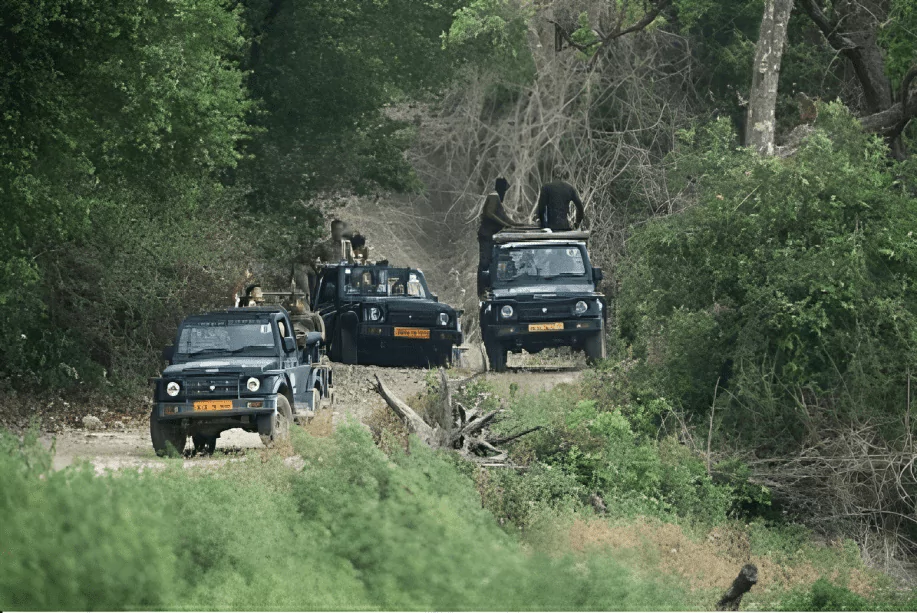
- Best Time: The best time for a Jim Corbett jeep safari is from mid-October to June when most animals are easily visible.
- Zones: Each of the zones, including Dhikala, Bijrani, Jhirna, and Durga Devi, offers unique experiences. Dhikala and Birjani zones are particularly famous for their tiger sightings and breathtaking natural surroundings.
Elephant Safari

Season: An elephant safari is a thrilling way to explore the dense forest and witness its wildlife. It’s best enjoyed in the winter and summer seasons.
Bird Watching
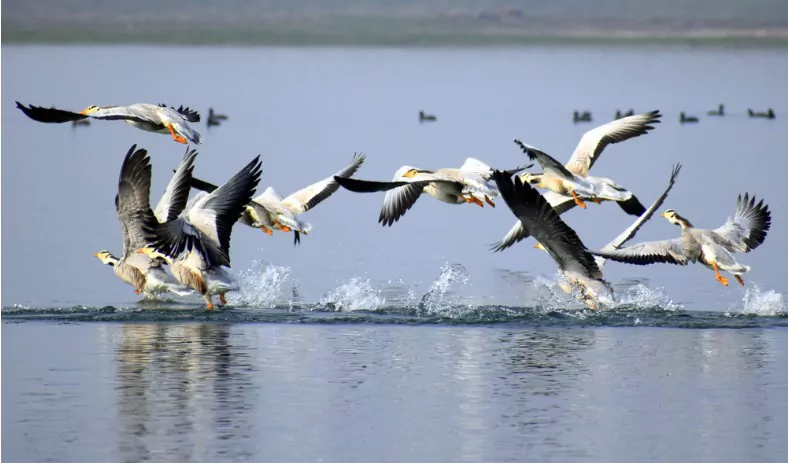
Season: Winter months are the peak season for bird watching, with numerous migratory species adorning the park’s skies.
River Rafting
Best Time: For those looking to enjoy river rafting, the post-monsoon season, when the Kosi River swells, is ideal.
4 Accommodation and Resorts

Staying near Jim Corbett enhances the overall experience. Resorts like the Taj Corbett Resort offer luxurious accommodations and organize various activities like jungle safaris, nature walks, and even exclusive dining experiences. Booking in advance, especially during the peak season, is advisable.
5 Conservation Efforts and Community Engagement
Jim Corbett National Park is not just about tourism; it’s a crucial site for tiger conservation and other endangered animals. Visitors are encouraged to respect the natural habitat and contribute to the conservation efforts. Engaging with local communities and understanding their role in wildlife conservation adds a meaningful layer to your visit.
6 Other Attractions
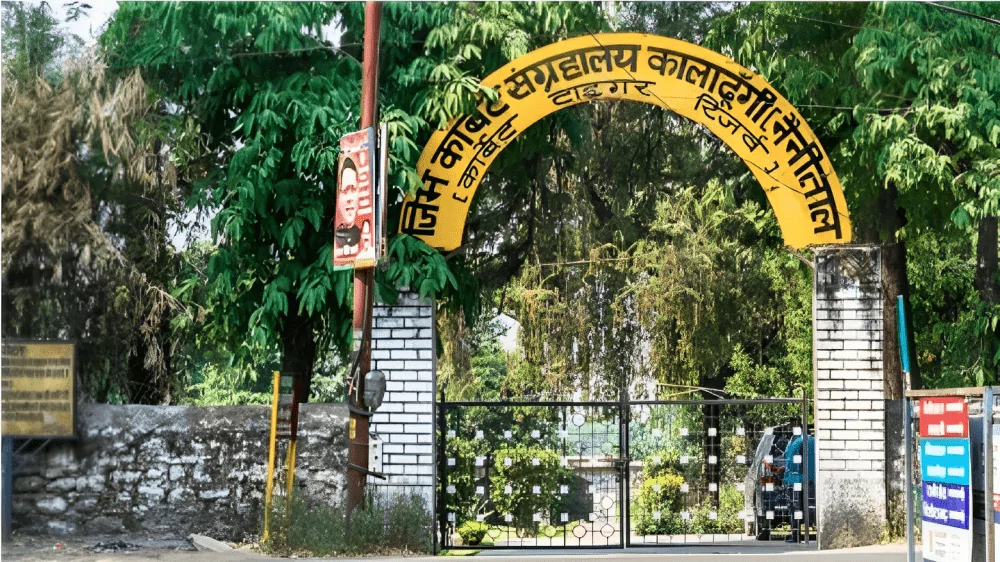
Apart from wildlife, the park’s vicinity offers other attractions like the Corbett Museum, where you can learn about the park’s history, and the legendary hunter-turned-conservationist, Jim Corbett. The enchanting Corbett Falls is another must-visit, offering a peaceful retreat from city life.
7 Planning Your Visit
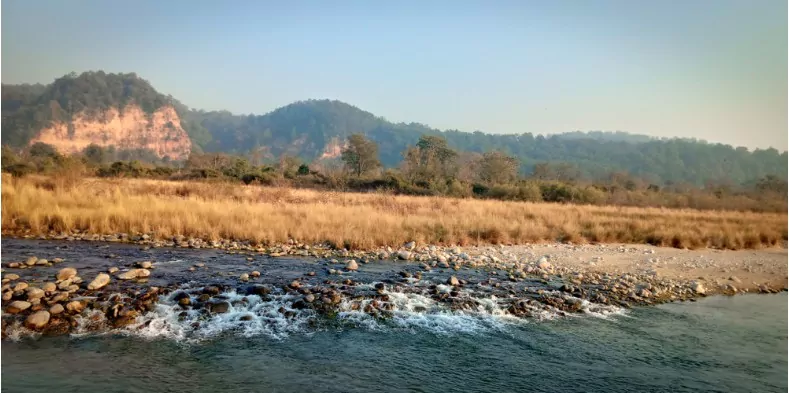
Safari Permit
Obtaining a safari permit is mandatory for entering the park. It’s advisable to book these permits well in advance, especially during the peak visiting season, as they are subject to availability.
Travel and Accessibility
The park is well-connected to major cities via road and rail. The nearest railway station is Ramnagar, which is closely linked to cities like Delhi.
Health and Safety
Ensure you are well-equipped with essentials like mosquito repellents, comfortable clothing, and hydration supplies. Following the park rules and safari guidelines is critical for your safety and wildlife protection.
8 Wrapping Up
The best time to visit Jim Corbett National Park varies depending on what you wish to experience. For the quintessential wildlife safari and tiger sighting, the winter and summer seasons are ideal. However, if lush greenery, fewer crowds, and a more relaxed atmosphere appeal to you, then the monsoon period could be a surprising yet delightful choice. Regardless of the season, Jim Corbett National Park promises an escape into the wild, an adventure amidst nature, and an unforgettable experience away from the bustling city life. So, pack your bags, book your safari, and get ready to explore the wonders of one of India’s most renowned national parks.
Community Q&A
About This Article
This article has been viewed 157 times.



